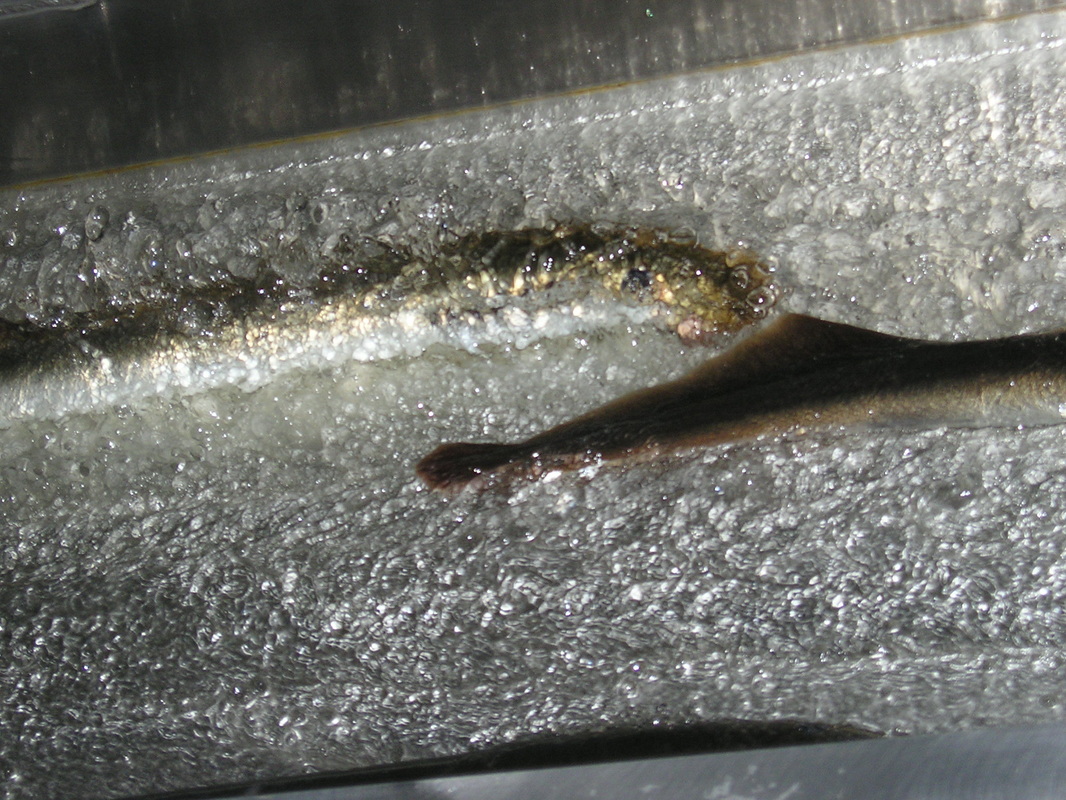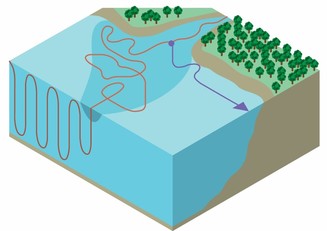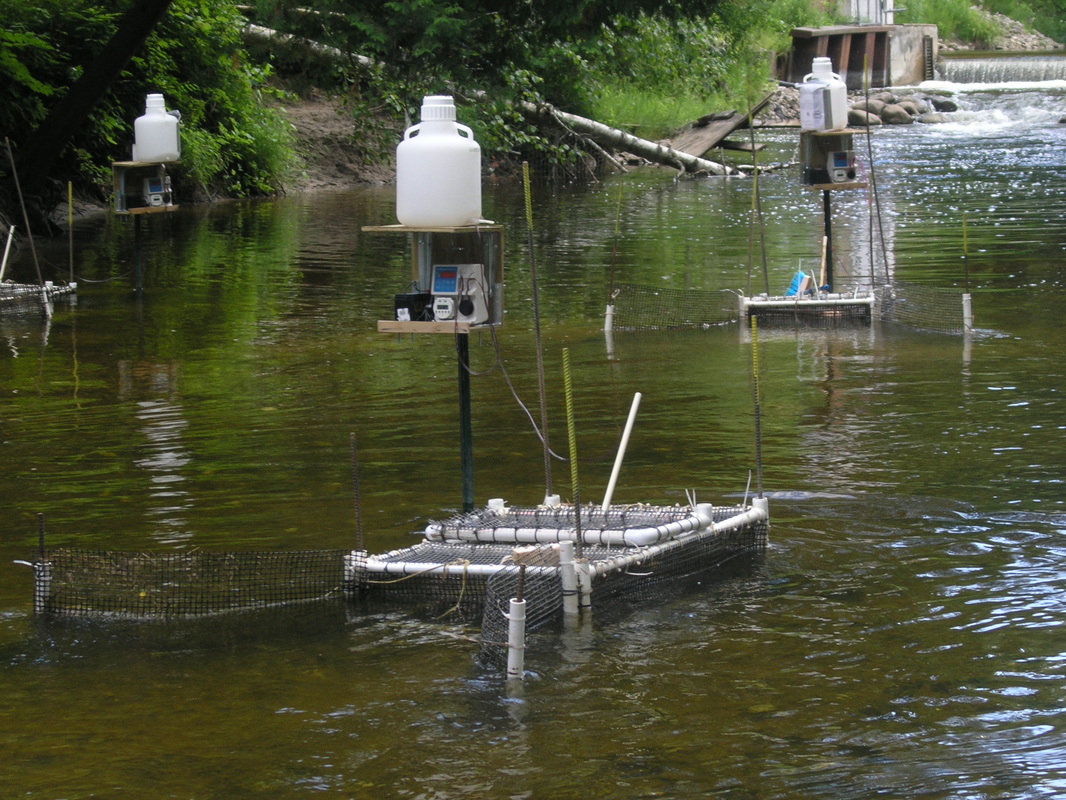New initiatives
Lamprey Conservation & Fish PassageGuiding the invasive sea lamprey into a trap is not very different from guiding a native lamprey into a fish passage device. We are working with scientists in the Pacific Northwest and the United Kingdom to study the use of chemical information (pheromones and alarm cues) to guide migrating lampreys of conservation concern (river lamprey in the UK and Pacific lamprey in Oregon/Washington) into and through fish passage devices to achieve restoration goals. Here the in Great Lakes, we are applying similar principles to selectively remove sea lampreys at barriers to help create sustainable practices for fish passage where dams are needed to prevent further spread of sea lamprey.
|
Ongoing research themes
|
Chemical and Social Information UseFrom Odor to Decision: Animal decision-making involves active trade-offs between risks and opportunities. These circumstances are revealed by multiple sources of information and are embedded within the full natural milieu of the principle life activities (e.g., foraging, reproduction, migration, etc.). We are studying the use of opposing-valence chemical information (attractant pheromones and repulsive alarm cues) during habitat and mate selection across the entire life of the sea lamprey, a model organism for vertebrate evolution. Our long-term goal is to ascertain the fitness consequences of decision-making in response to chemical social information in the sea lamprey, and to integrate empirical and conceptual depictions of behavior and cognition into a theoretical framework adequate to test and extend information theory.
|
Sea lamprey response to alarm cue
|
|






